Curious Questions: How did the Leyland Cypress go from botanical accident to taking over the world?
The near-ubiquitous Leyland Cypress — or leylandii — is an evergreen with an extraordinary back story. Martin Fone explains.
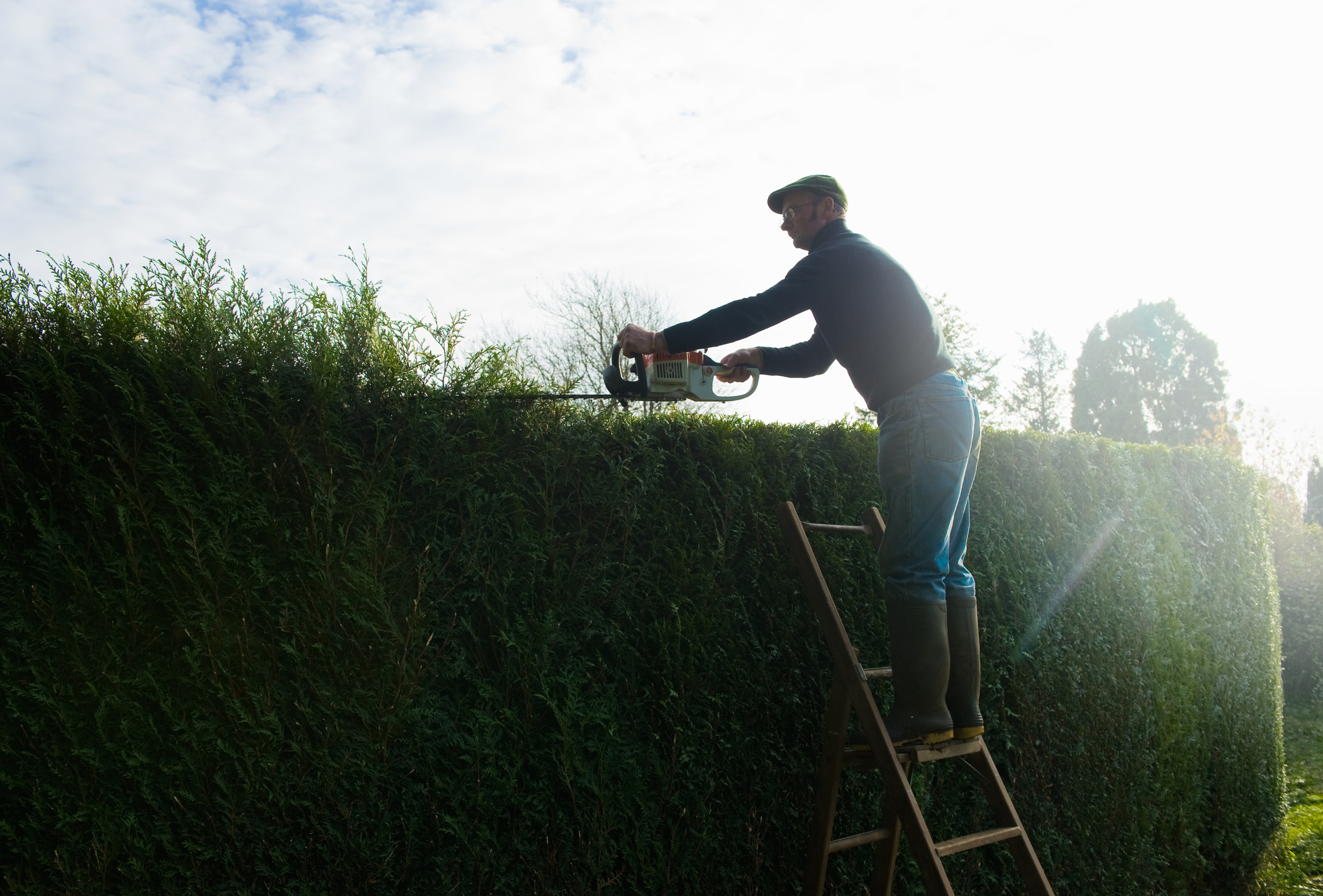

There are almost as many of them in the UK as people, around 55 million at the last count and that was in 2011. For many they are the least loved of our common or garden trees, utilitarian, consigned to fill awkward or unsightly spaces. Evergreen and offering vigorous growth of around a metre a year, Britain’s tallest, at Bedgebury Pinetum in Kent, stands some 40 metres tall and is still growing, their dense structure provides a garden with much valued privacy. Out of control, though, they are the source of neighbourly spats, anti-social behaviour orders and the occasional fatality.
In these environmentally conscious times, their advocates point to some research conducted in 2000 that showed that the ‘finer, more complex structure of their foliage’ was 40% better at filtering out polluting particulates from the air than other native species such as hawthorn. Planted near busy roads they can provide increased protection against particulate pollution all the year round.
The principal objection to x Cupressocyparis leylandii, to give leylandii their current botanical name, is that they are neither native nor particularly accommodating to wildlife. Indeed, they are not found in the wild and their emergence as a garden staple is a relatively recent phenomenon, the result of a chance discovery in an estate in North Wales.
John Naylor, after receiving Leighton Hall, near Welshpool in Powys, as a wedding present in 1847 from his uncle, Christopher Leyland, commissioned Edward Kemp, who had trained under Paxton at Chatsworth, to landscape the grounds. New species of conifer discovered and imported from the west coast of North America to Britain by plant hunters such as David Douglas and William Lobb were all the rage amongst landowners in mid-19th century Britain and Naylor was no exception.
Around 1857 he planted a grove of coastal redwoods, some of which now stand some forty metres tall and make up the largest and oldest collection in Europe. This was extended into a pinetum over the next decades, and the collection, including specimen pines, firs, monkey puzzles, spruce, hemlock, and cedars, now makes up a Grade I-listed arboretum, now managed by the Royal Forestry Commission.
Naylor’s son, Christopher, after a career in the Navy, settled down at Leighton Hall. In 1888, while working in the pinetum nursery on a batch of Nootka cypress seedlings, he noticed that six were displaying unusual characteristics. He isolated them, planted them on, and they grew. What he had come across was a cross-pollination of a female Nootka cypress with a nearby Monterey, producing a plant which combined the hardiness of the Nootka with the fast growth of the Monterey. Although both types of cypress are native to the United States, they are found a long way from each other in the wild and such an event would not have occurred other in the artificial environs of Leighton Hall.
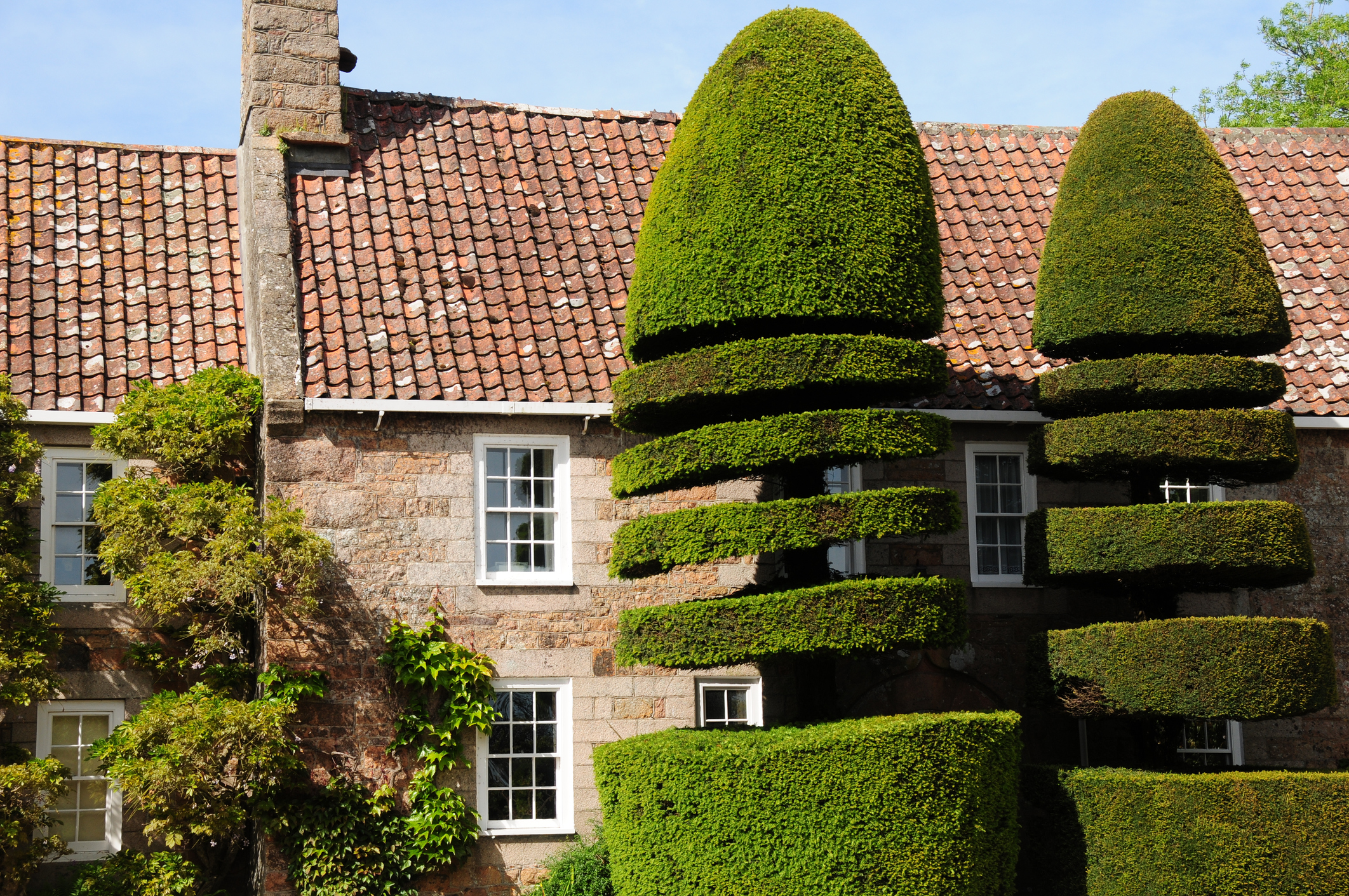
Christopher inherited Haggerston Castle in Northumbria in 1891 and, after changing his surname to Leyland as a mark of respect to his benefactor, moved up north to modernise the property, taking his six hybrid plants with him. They were planted out in the grounds and not only did they survive the harsh salt-laden winds sweeping in from the North Sea but grew rapidly. Cuttings were taken at various intervals and planted on the estate, and three were planted in nearby Kyloe Woods in 1897 and another in 1906.
Sign up for the Country Life Newsletter
Exquisite houses, the beauty of Nature, and how to get the most from your life, straight to your inbox.
In 1911 back at Leighton Hall, Christopher’s nephew, Captain Naylor, after picking up a cone from a Monterey cypress growing fifty yards from a Nootka, noticed that two of the resultant seedlings were markedly different from the rest. The difference from the 1888 seedlings was that the Monterey was the female parent. The seedlings were planted half a mile apart on a hill behind the house. Cuttings were sent in 1916 to Bicton and Inverary Castle and, probably, Headfort, all of them growing extremely quickly and to heights in excess of thirty metres.
News of these monster conifers, which the family called Leyland cypresses, only reached a wider audience when a Cambridge University Professor, William Dawson, stayed as a guest at Leighton Hall in 1925. He was so fascinated by the unusual conifers that he sent samples of their foliage to the eminent botanists, Bruce Jackson and William Dallimore, for classification.
The new hybrid, given the botanical name of Cypressus x leylandii, was announced in the Kew Bulletin in March 1926. On a visit to Haggerston Dallimore and Jackson collected material from the by now enormous six trees for propagation. From these cuttings the first leylandii at the Royal Botanical Gardens at Kew and Edinburgh, at Wisley, and Bedgebury Pinetum were grown.
Another hybrid cross appeared around 1940 from seed collected from a Monterey cypress growing in Ferndown in Dorset and was sown at Barthelemy’s nursery in Staplehill. Curiously, there was no evidence of a Nootka cypress in the area.
The Leighton Hall leylandii might not have been the first, conifer expert Alan Mitchell of the Forestry Commission unearthing evidence of an even earlier hybrid, which was planted in the early 1870s, based on estimates from its size, by a gardener in Rostrevor in Northern Ireland. No formal records of its origin exist and the tree itself blew down in a storm before the First World War, but not before cuttings were taken from it in 1908 and grown on. These in turn provided cuttings which were planted at Castlewellan in 1949.
The first to capitalise on the public appetite for conifers that were hardy, fast-growing, and tolerant to a wide range of climatic and soil conditions was Hilliers, who began selling leylandii commercially in 1930. Leylandii now account for around 10% of garden centres’ sales. Pandora’s box had well and truly been opened.
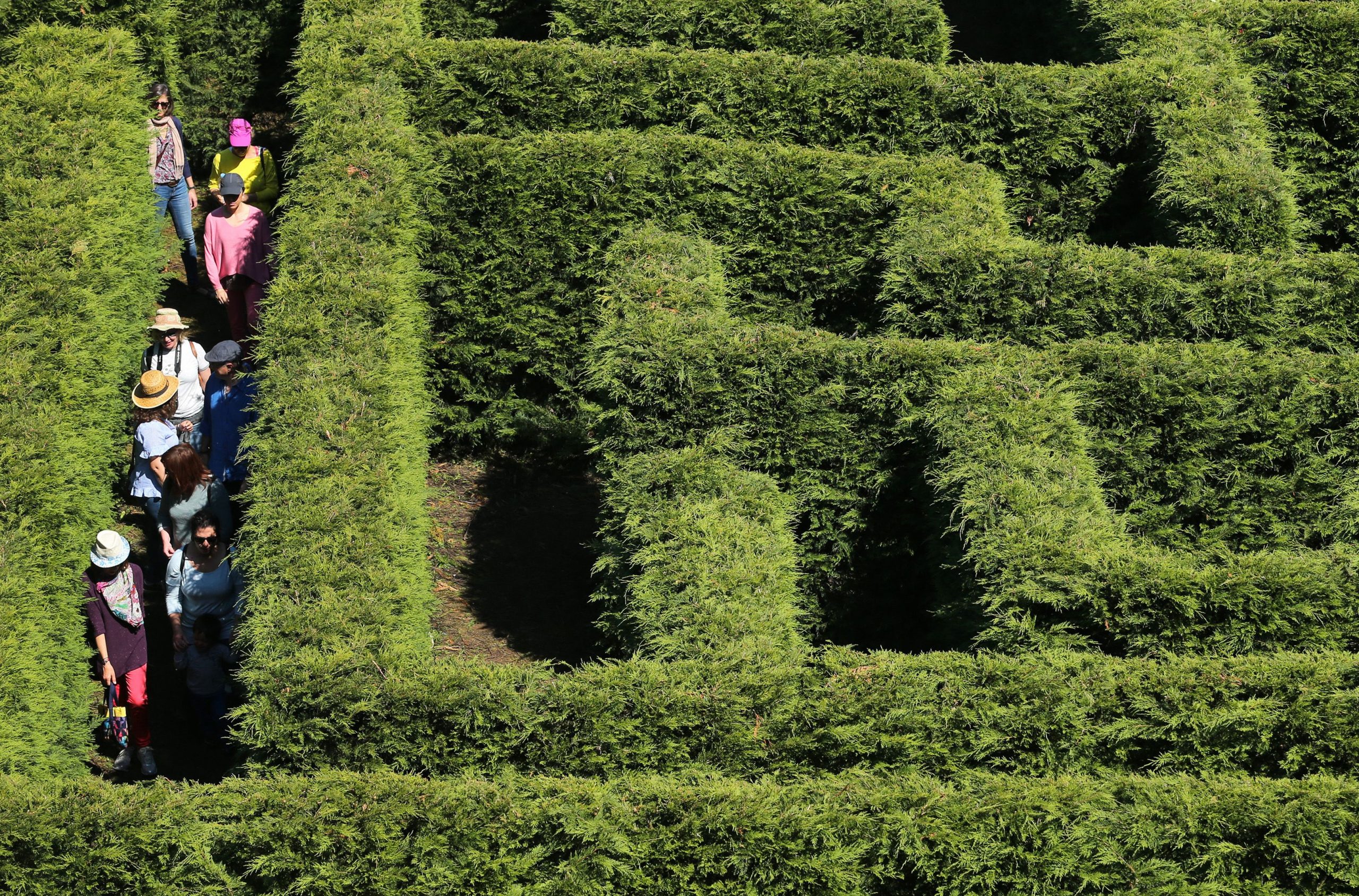
Subsequent attempts to raise the hybrid by controlled pollination of Nootka and Monterey cypresses had all failed until 2011 when James Armitage seemed to have achieved the impossible by growing a seedling from seeds he had collected from a female Leylandii in Wisley Gardens. This seemed to disprove the commonly held view that they were sterile and needed a compatible pollen donor. However, some believe that the presence of a Nootka cypress growing nearby might have had something to do with it.
Armitage’s success seems to have been a one-off. Indeed, every one of the more than forty forms of Leylandii in cultivation today is a genetically identical clone or cultivar produced from one of the original plants. Most are derived from one of the six seedlings that were taken by Christopher Leyland to Haggerston, including the Haggerston Grey, from clone 2, which produces the tallest individual specimens and the Leighton Green, from clone 11, which is used for hedging.
Other popular forms of leylandii are Castellan Gold, raised as a seedling at Castwellan in Northern Ireland in 1962 as a cross from the golden forms of the Monetery and Nootka cypresses, and Leylandii 2001, developed in the 1990s by Van den Dool nurseries in the Netherlands. It is not clear whether the latter is a new hybrid cross or the product of a random genetic change. One failure was the Staplehill 20 cultivar, grown commercially for a few years but withdrawn when it was found to be susceptible to drought in the 1970s.
Love them or loathe them — and whether you call them leylandii or Leyland Cypress — they are truly freaks of nature.

Credit: Alamy
Alan Titchmarsh: Why I had to cut down my decades-old hedge — and how it's worked out better than I could ever have hoped
Even the most well-established gardens can take unexpected turns, says our columnist Alan Titchmarsh. But if you're prepared and flexible,

Credit: Alamy
Alan Titchmarsh: The neighbour whose clever and generous wildflower 'hedge' I'll never forget
Alan Titchmarsh issues a plea to all of us that could beautify our environment and bring people together.
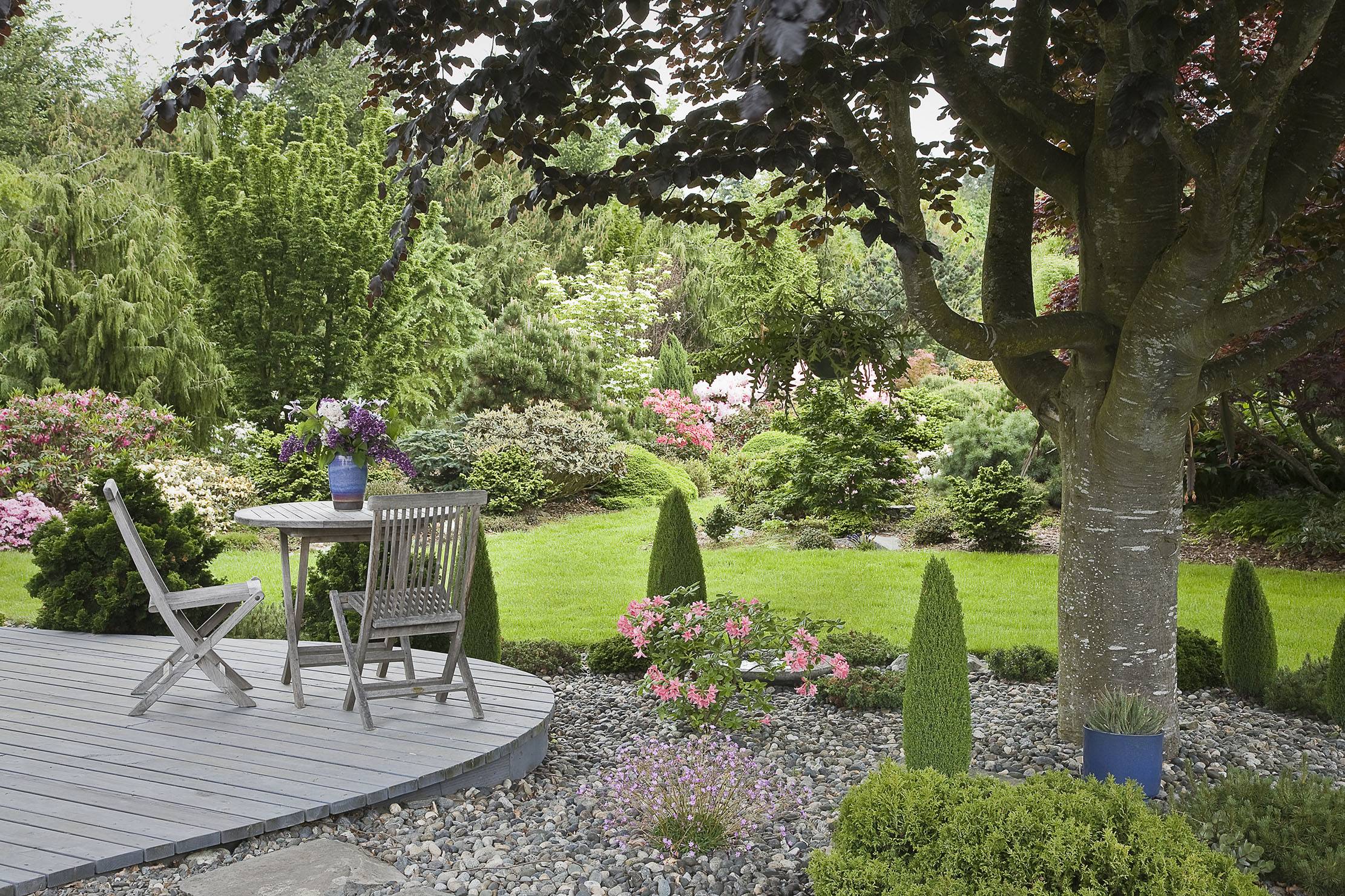
Credit: Mark Turner / Getty Images
The biggest snobbery in gardening 'isn't just regrettable — it amounts to a horticultural sin of omission'
If you thought conifers were naff, think again says Charles Quest-Ritson, who joins the new wave of designers rediscovering the
After graduating in Classics from Trinity College Cambridge and a 38 year career in the financial services sector in the City of London, Martin Fone started blogging and writing on a freelance basis as he slipped into retirement. He has developed a fearless passion for investigating the quirks and oddities of life and discovering the answers to questions most of us never even think to ask. A voracious reader, a keen but distinctly amateur gardener, and a gin enthusiast, Martin lives with his wife in Surrey. He has written five books, the latest of which is More Curious Questions.
-
 Having a ruff day: Kennel Club exhibition highlights the plight of vulnerable spaniel breeds
Having a ruff day: Kennel Club exhibition highlights the plight of vulnerable spaniel breedsPhotographer Melody Fisher has been travelling the UK taking photographs of ‘vulnerable’ spaniel breeds.
By Annunciata Elwes
-
 The battle of the bridge, Balloon Dogs and flat fish: Country Life Quiz of the Day, April 15, 2025
The battle of the bridge, Balloon Dogs and flat fish: Country Life Quiz of the Day, April 15, 2025Tuesday's quiz tests your knowledge on bridges, science, space, house prices and geography.
By James Fisher
-
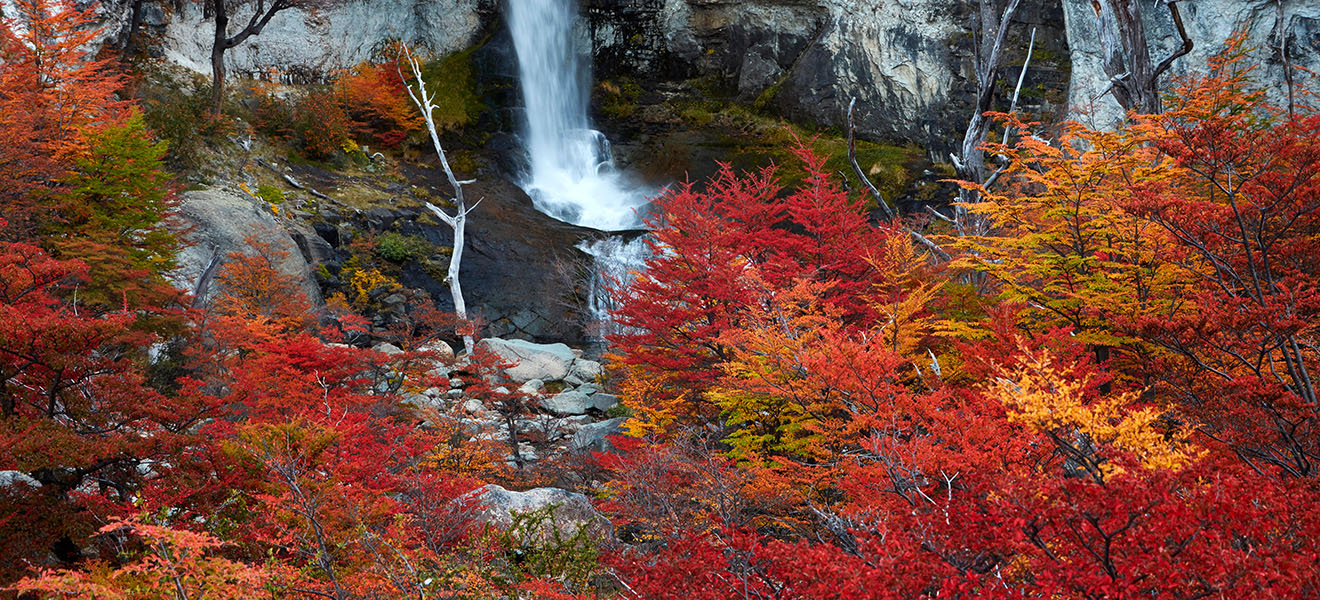 Curious Questions: Why do leaves change colour in Autumn? And why do some go yellow while others are red, purple or brown?
Curious Questions: Why do leaves change colour in Autumn? And why do some go yellow while others are red, purple or brown?The riotous colours on the trees around us are one of the highlights of the year — but why do leaves change colour in Autuumn? Mark Griffiths explains.
By Mark Griffiths
-
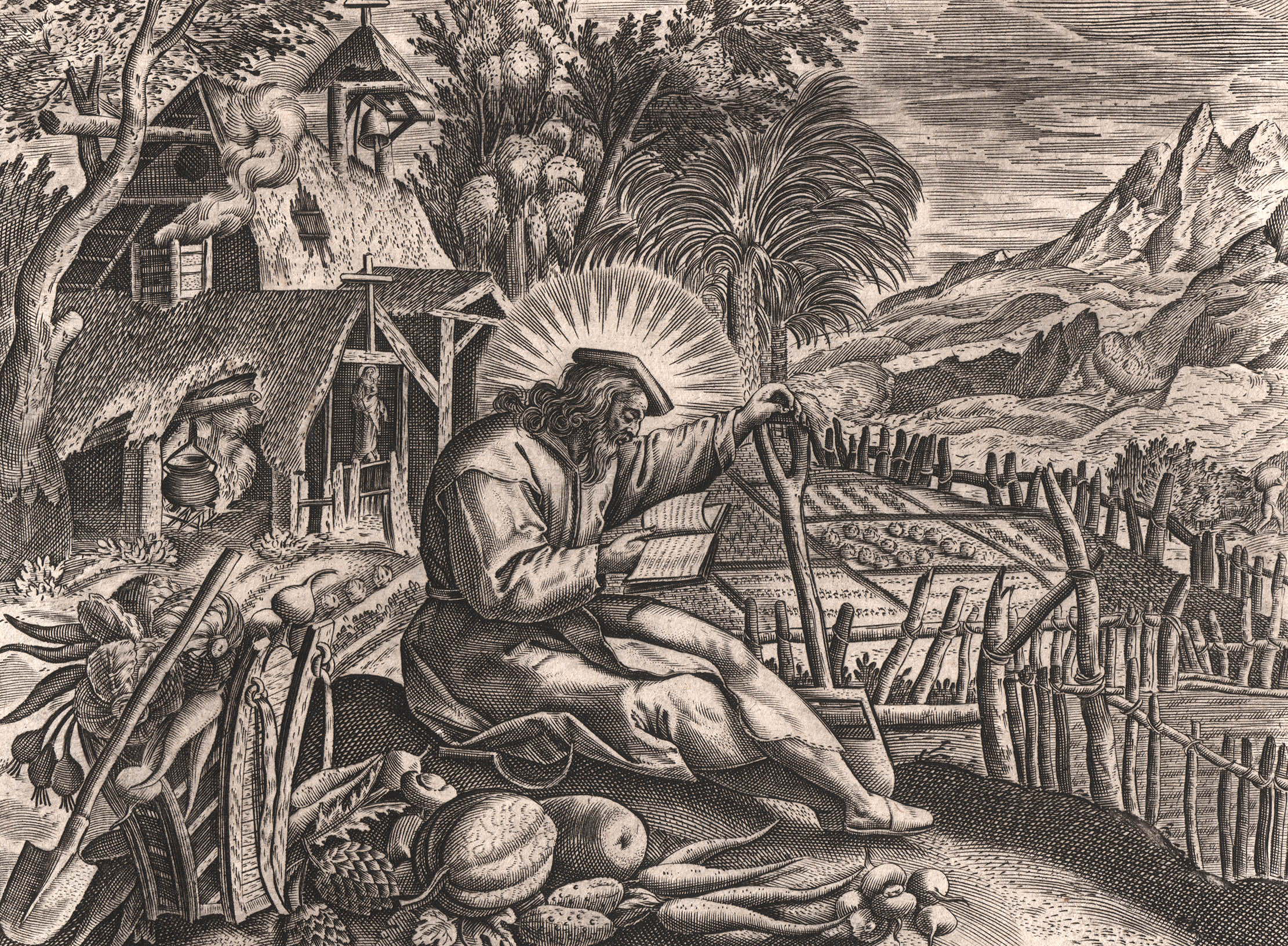 Curious Questions: What is a garden hermit?
Curious Questions: What is a garden hermit?Martin Fone takes a look at the curious history of the hermits who spent years living happily in the grounds of country houses, perhaps the ultimate garden folly.
By Martin Fone
-
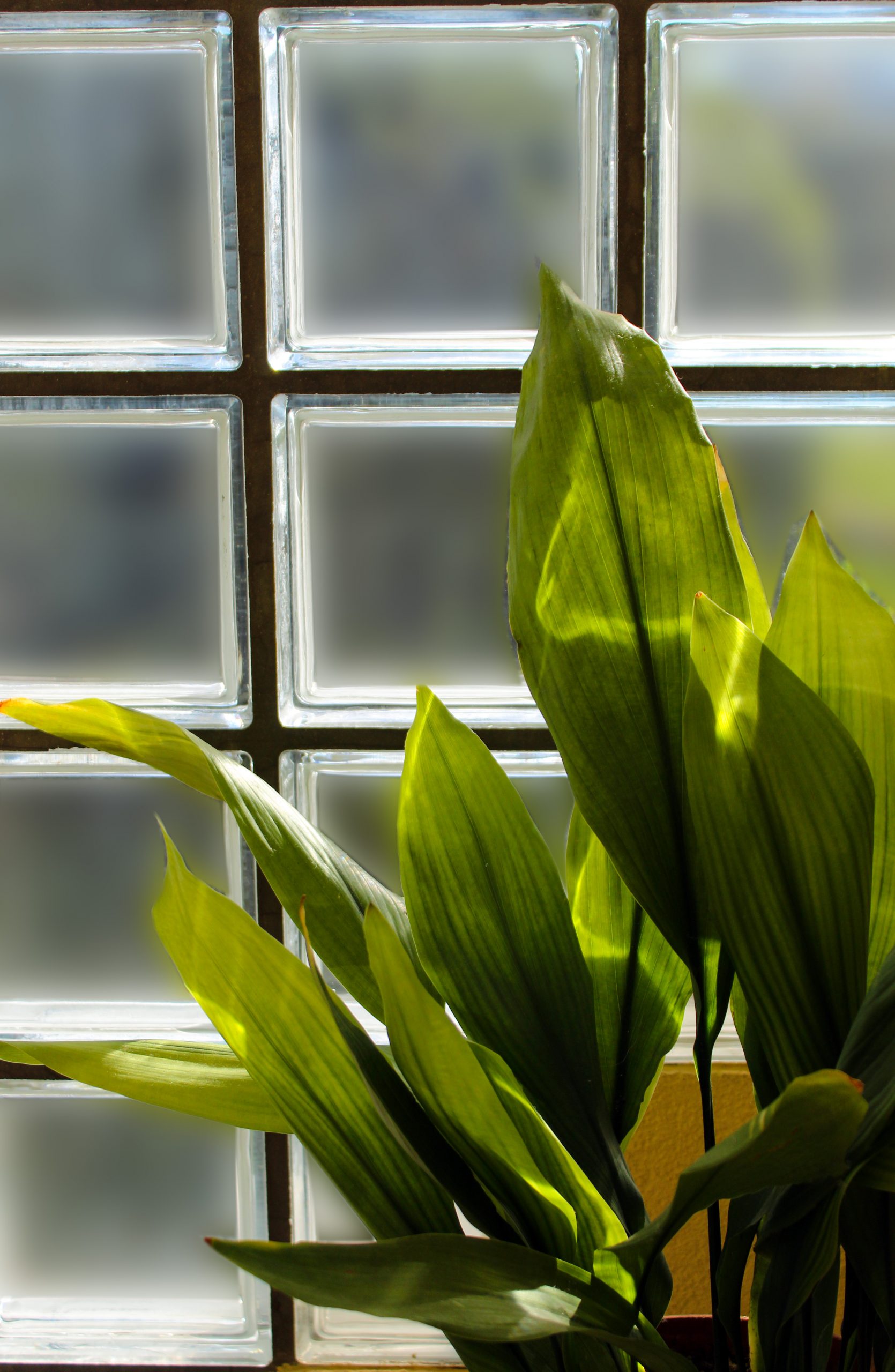 Curious Questions: Will the aspidistra ever fly again?
Curious Questions: Will the aspidistra ever fly again?The aspidistra was once the most popular of all houseplants in Britain, but these days they're barely seen. Why did that happen, asks Martin Fone, and can it make a comeback?
By Martin Fone
-
 Curious Questions: How did garden gnomes take over the world — and even The Queen's private garden?
Curious Questions: How did garden gnomes take over the world — and even The Queen's private garden?Vertically challenged, bearded and rosy-cheeked, cheerful gnomes might make for unlikely cover stars, but — says Ben Lerwill — they’ve long graced books, album covers and even The Queen’s private garden.
By Ben Lerwill
-
 Curious Questions: How do you tell the difference between a British bluebell and a Spanish bluebell?
Curious Questions: How do you tell the difference between a British bluebell and a Spanish bluebell?Martin Fone delves into the beautiful bluebell, one of the great sights of Spring.
By Martin Fone
-
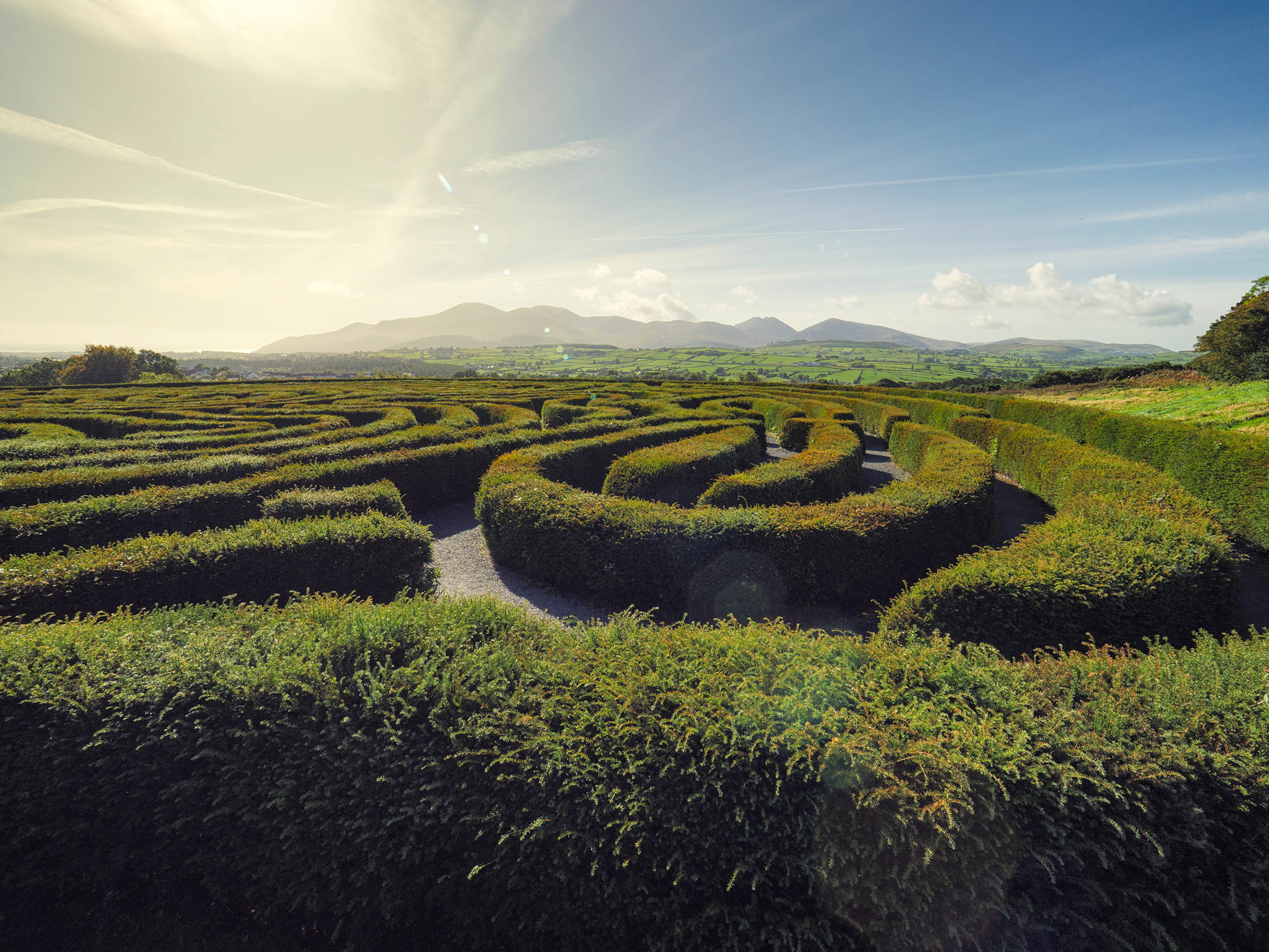 Curious Questions: What's the difference between a labyrinth and a maze?
Curious Questions: What's the difference between a labyrinth and a maze?You may never have thought to ponder what distinguishes a labyrinth from a maze. But as Martin Fone explains, it's something of a minefield.
By Martin Fone
-
 Curious Questions: Which came first — the plastic flower pot or the garden centre?
Curious Questions: Which came first — the plastic flower pot or the garden centre?Martin Fone takes a look at the curiously intriguing tale of the evolution of nurseries in Britain.
By Martin Fone
-
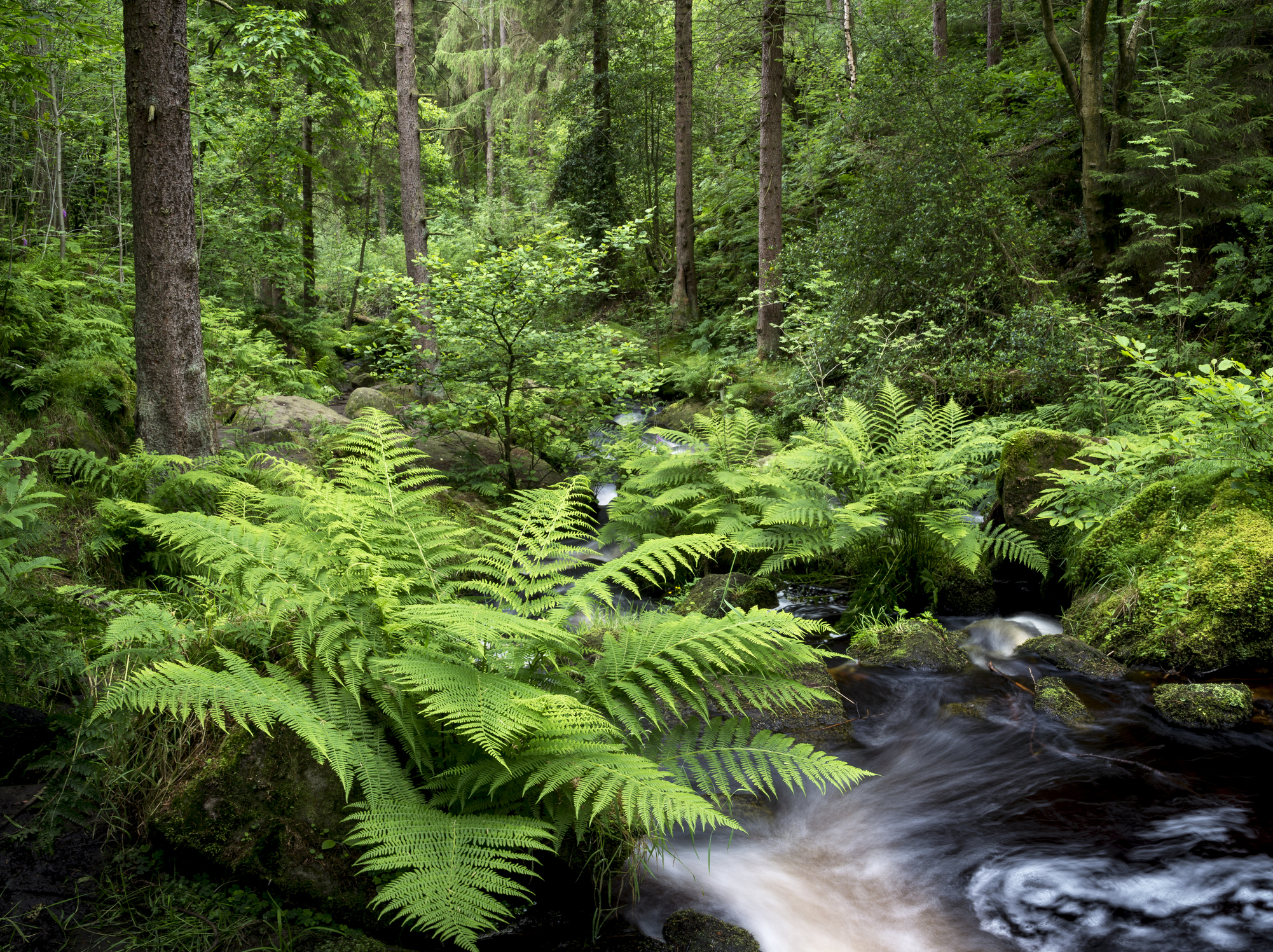 Curious Questions: Why were ferns considered magical?
Curious Questions: Why were ferns considered magical?Martin Fone considers the beautiful and ancient fern, once commonly held to have mysterious properties.
By Martin Fone